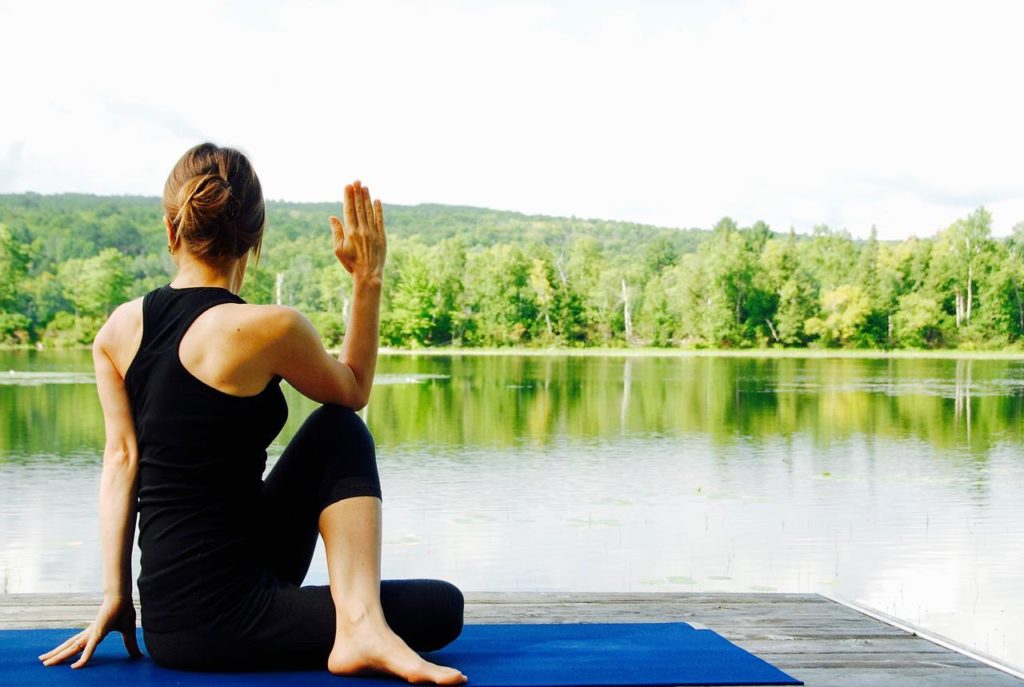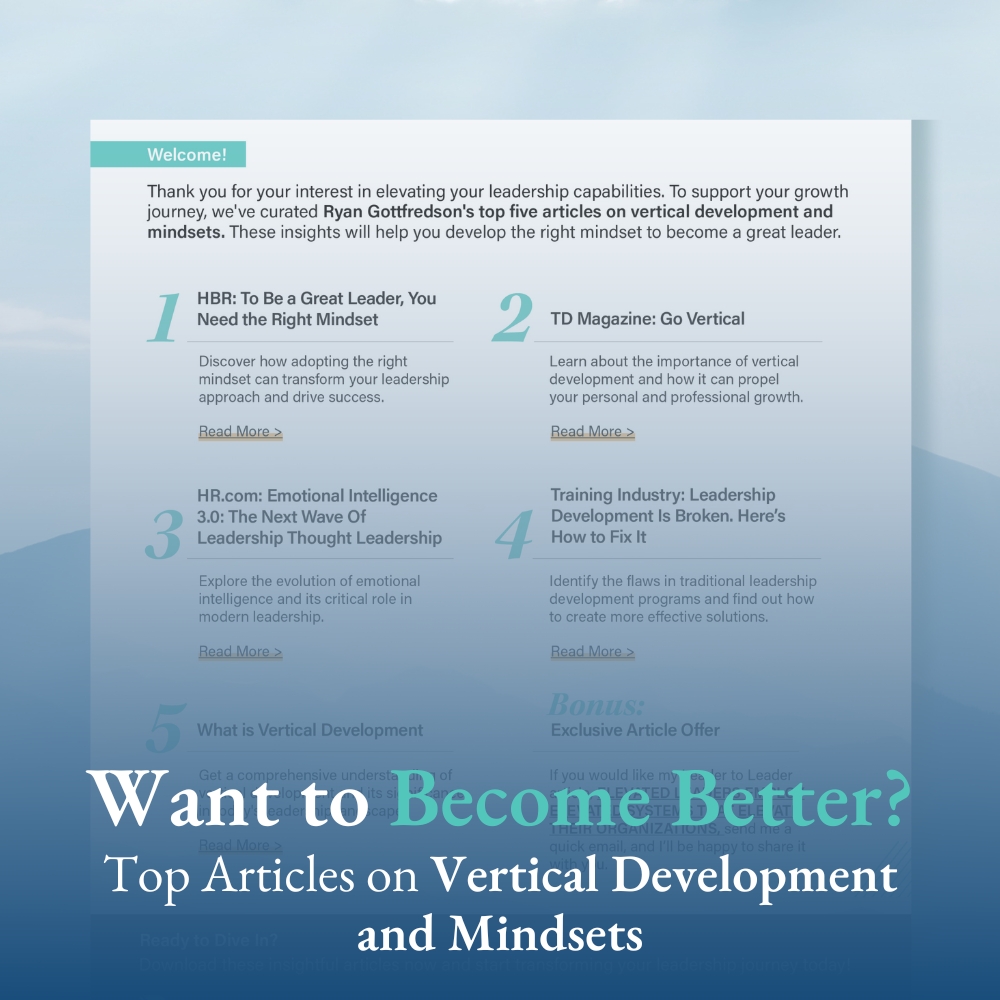If you are coming into this article blind, the bullet points below should provide some adequate context. If the bullet points make sense to you, feel free to jump down to the section titled “Recommendations for Bottom-Up Vertical Development Efforts.”
- Vertical development is an approach to development that focuses on upgrading our internal operating system
- As we upgrade our internal operating system, we (1) expand our window of tolerance, (2) enhance our ability to make meaning of our world in more cognitively and emotionally sophisticated ways, and (3) adopt higher-ordered needs that we become programmed to fulfill
- When we upgrade our internal operating system, what we are actually doing is improving and strengthening our body’s nervous system
- It is important to recognize that the primary thing that damages and limits our body’s nervous system is trauma
- This means that for many people, vertical development involves healing from past trauma
- There are two primary approaches to developing vertically (and healing from past trauma): top-down approaches and bottom-up approaches
- Both approaches are different ways of strengthening, healing, and improving our body’s nervous system, particularly strengthening our mind-body connection
- Our interoceptive ability is our ability to understand and feel what is going on inside our body
- People differ in their interoceptive ability, just as they differ in height or weight, but it is much more difficult to see and self-assess
- Bottom-up approaches are practices that (1) start with connecting with our body and the feelings within it, (2) moving up to explore both conscious and non-conscious emotions that may be held within the body, and then (3) making sense of and cognitively exploring these feelings and emotions
Recommendations for Bottom-Up Vertical Development Efforts
Bottom-up approaches are best facilitated by either a tool/resource or another person, generally a trained therapist. While we can engage in bottom-up efforts on our own, we will generally not get the full healing value from it without guidance and facilitation of a trained therapist.
There are three different forms of bottom-up vertical development efforts, and I present them in the order of least intense to most intense (although intensity can always be dialed up or down for each).
Body Scan Meditations
Body scan meditations that help you connect with your body and the sensations within it.
When I have done body scan meditations, I commonly will find that I am holding tension that I was not aware of (e.g., clenching my jaw or holding tightness in my shoulders or back).

An easy way to engage in body scan meditations is to use the Insight Timer app, and search for “body scan.”
Reminder: As with any meditation practice, we will never get a huge benefit from doing just one meditation. Meditation is the practice of exercising our mindfulness muscles. If we ever want to become “strong” in our mindfulness, we will need to “hit the gym” on a regular basis over time.
Body Connection Activities
People who do not have strong interoceptive abilities need to get in better touch with their bodies. To do this, therapist will commonly recommend body connection activities like yoga, Pilates, kickboxing, therapeutic massages, and horse care or horse-riding (e.g., equine therapy).

If engaged in intentionally, and with the guidance of a therapist, these activities can help strengthen our interoceptive abilities.
Bottom-Up Therapeutic Modalities
There are many different therapeutic modalities. Most are what might be classified at top-down approaches (e.g., cognitive behavioral therapy). But, there are some therapeutic modalities that take a bottom-up approach. I am still learning of the variety of these modalities, but there are two that I have found personally effective:
- Internal Family Parts therapy (https://youtu.be/GdzH2YRmv6Y), and
- Eye Movement Desensitization and Reprocessing (EMDR; https://youtu.be/iSHuFHFrUis)
I have included videos if you want to learn more about these.









